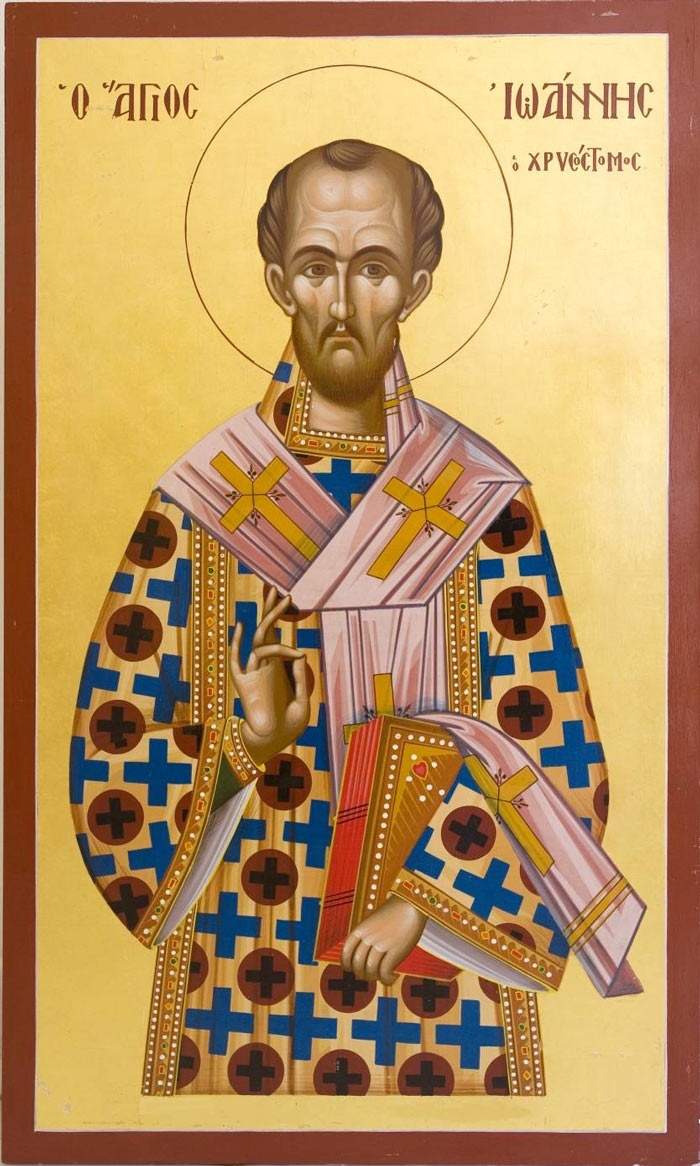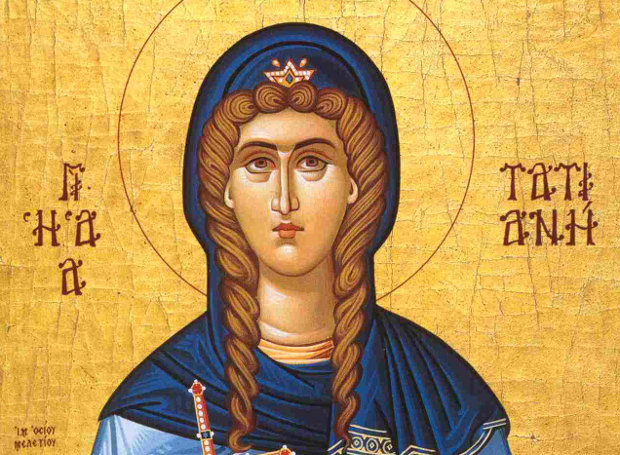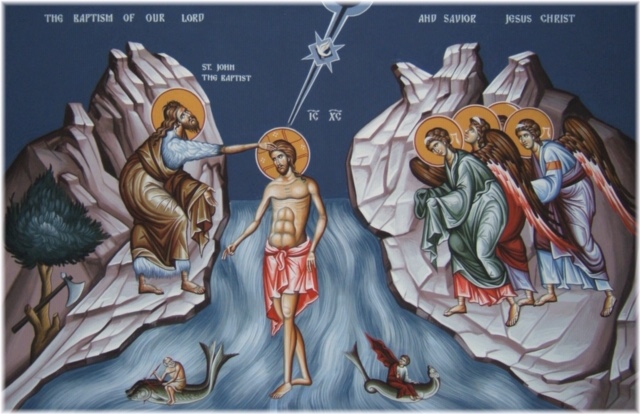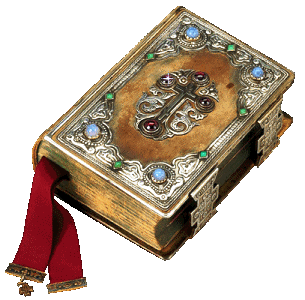- Details

As St. Luke the Evangelist writes, we see the righteous Symeon, who was advanced in age and had only one hope in his heart. The Holy Spirit had revealed to him early on in his life, that he would not die before seeing the Messiah. Time was passing, and yet St. Symeon never doubted that this profound desire of his would be fulfilled. And the blessed moment came, when the Holy Mother Mary, St. Joseph and the Holy Infant (just forty days old) arrived at the Temple in Jerusalem, where the baby Jesus was to be dedicated to God according to the Law (Luke 2:23-24). When the venerable Symeon saw the Holy Mother with our forty-day old Lord in her arms entering the Temple, the Holy Spirit told him that this is the One he has been waiting for. With this message he rushed forward, took Jesus to his chest and gave glory to God: “Lord, now, You are letting Your servant depart in peace, according to Your word; for my eyes have seen the Savior” (see Luke 2: 29-30). He finally was granted the deepest wish of his heart, and he felt such a blessing and fulfillment in his soul. He needed nothing else, and could depart this life in peace and thanksgiving. The joy of this moment was indescribable. For Symeon, it was enough to just see the infant Lord and touch Him. The righteous elder would hear none of Jesus’ teachings, nor would he witness any of the great miracles that were to come. And yet, this moment was everything to him.
- Details

On January 27th, our Church commemorates the Transfer of the Holy Relics of St. John Chrysostom, Archbishop of Constantinople. He is widely known, as we often celebrate the Divine Liturgy that bears his name in all Orthodox churches. He was born in Great Antioch of Syria (today’s Antakya of Turkey) in the year 347 AD. His father died soon after his birth, leaving him to be raised by his Christian mother, Anthusa (who is also honored as a saint). He studied Rhetoric and Theology with the great teachers of Antioch. Later, he left the city for desert, where he devoted himself to an ascetic life and deep study of the Holy Bible. In 381 he returned to Antioch, where he was ordained a deacon and later priest. After his ordination, he distinguished himself in the exegesis of Scripture, sermons, and other pastoral activities. His fame soon extended beyond the borders of Antioch, and in 397 he was elected Archbishop of Constantinople. His homilies captivated the people, and this is why he is known as St. John “Chrysostom” (the man with the golden mouth). His wonderful homilies and epistles have survived to this day.
- Details

St. Makarios was born in Egypt around the year 300 AD, and reposed In the Lord in 391 AD. When he was a child, persecutions against Christians were still raging, but after 313 (with the freedom granted to Christians by St. Constantine the Great), he was able to openly declare his Christian faith as a young man. It was from his childhood that he began to distinguish himself from his peers, and demonstrated a desire for a solitary life. Already in the desert of Thebes in Egypt was the first great ascetic, St. Anthony the Great (251 AD-356 AD), who had gained a great reputation for his ascetic struggles and sanctity of life (which lead to him being called “Megas”- Great). St. Anthony’s life was narrated by his contemporary, St. Athanasius the Patriarch of Alexandria. At the same time, St. Pachomius (260-348AD) had organized the pioneering first Monastery in Thebes.
- Details

St. Tatiana, whose feast we celebrate today, belongs to the order of deaconesses. As we know from the Holy Gospel, there were women who followed Jesus along with the Apostles, and were led by these faithful women with a missionary fervor (see Luke 8:1-3). They helped the Apostles in a variety of ways in their difficult task, women like St. Phoebe, who was ordained a Deaconess in the Church of Corinth by St. Paul himself.
- Details
 Today we celebrate in advance one of the Great Feasts of Our Lord, the Holy Theophany (or Epiphany-also known as the Feast of Lights).
Today we celebrate in advance one of the Great Feasts of Our Lord, the Holy Theophany (or Epiphany-also known as the Feast of Lights).





